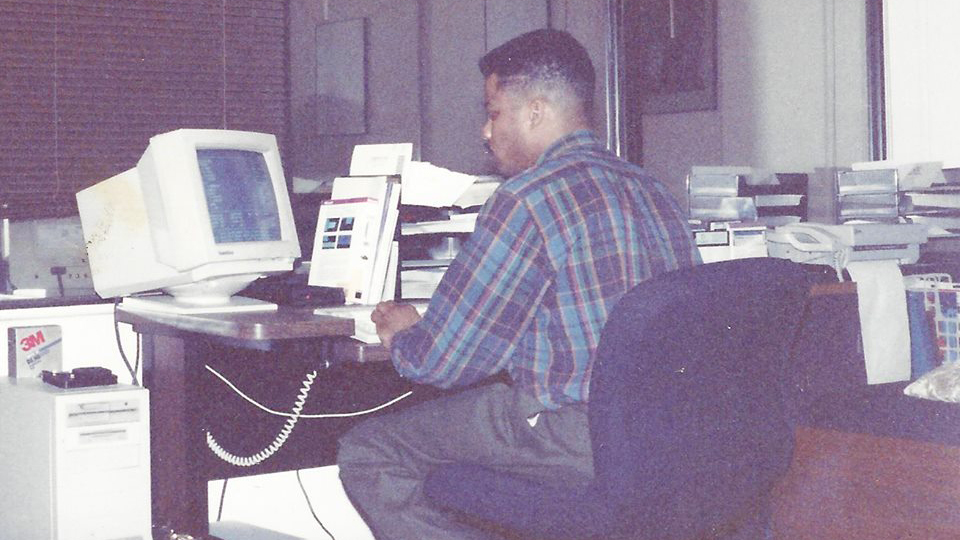
Computing for geeks was a very different experience in 1992 than it is now. When the WWW was first launched, there was no public access to it. An Intel 486 CPU with 1024 Mb of RAM, 30 GB MFM hard drive (3.5″ diskette drive, 5.25″ Floppy drive, 9600 Motorola Baud modem, and 15″ SVGA cathode ray tube display) were the main components of my computer system.
A bulletin board system (BBS) was like a dream come true for me. To prevent expensive long-distance costs, each BBS was given a list of dial-in numbers. As soon as I joined on, I was able to do things like upload and download files, read the latest news, and communicate with other members of the community through e-mail, public message boards, and even direct chat. Both AOL and Compuserve (Computer Information Service) was the first commercial online BBSs in 1992, and the tech game was to get access to free resources by paying for them. In order to be an active member of the community, a techie would have to get their hands dirty with technological issues. To keep up with the advancements in desktop computing, the vast majority of users had systems at their places of employment. Prior to what is now known as Tribune Media Group, I worked for The Chicago Tribune Computing Group.
It wasn’t until a few months later that I was able to connect to the Internet via the University of Minnesota. I was astounded when granted special access and authorization. TCP/IP (transmission control protocol/internet protocol) is a collection of rules or protocols that allows computers to communicate with one another via the Internet. The new set of regulations, including many tiers of technology, seemed like creepy science to me. It seemed strange to go from the BBS to the WWW. When it comes to computer programs utilized, there was a big difference between the old and the new: Gopher, a protocol developed at the University of Michigan for distributing and sharing documents across TCP/IP networks (this is all new to me), was invented there. Veronica, a search engine for Gopher data stored on computers, was another search tool invented. Another Gopher search engine, Jughead, was built to search one machine at a time. Following Archie, a search engine for files on the internet was the next item on our list (no Google, Bing, Yahoo, etc.).
The university’s usage of Mosaic’s early search engines and HTML’s textual language would enable me to view all of the files made publicly accessible, so that’s what I’d go with (hypertext markup language).
From BBS to WWW was a learning experience in and of itself, and the pioneers who developed all of this technology were simple students at different institutions around the nation. Most computer techniques, code, programs, methodologies, etc. were shared and available for further study. This encouraged clever creation. In the absence of technology, we would most likely be utilizing typewriters and notepads instead. I’m proud to be among the first users of internet-based communication.